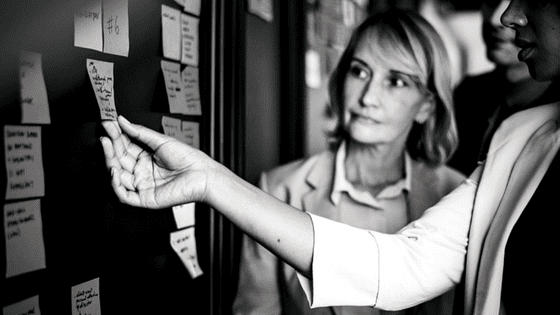Now is the time to innovate, to get set up for the new normal, to be on the front foot as we tiptoe through the covid tulips. But let’s face it, who has the energy for innovation right now? Change is hard at the best of times, let alone when we are still juggling the uncertainty of a pandemic world. Ugh. Yet innovate we must, or face the oblivion of irrelevance.

We know that stuff needs to shift, but our anti-change brain is run by the amygdala, our primitive threat detector, and it no-likey. The status quo, even if it’s crappy, is known, therefore stupidly we feel it is better.
That’s the first insight. We are wired to not want to do anything unusual.
Speaking about the boogeyman running the show (our anti-change brain) makes it less scary. Be open about the normal biochemicals that emerge when we face the unknown, especially when it is not of our own choosing.
Next, rally the troops.
In the face of the unknown, we can reclaim some uncertainty by making a declaration about the world we want to live in. We don’t know what it looks like exactly, but we know what we DON’T want is a good place to start. When we know what we don’t want, we can figure out what we DO want. This is usually the opposite of what we don’t want.
Put some juice in this picture. Describe the kind of day we might experience in this new world of our own creation: what will we be doing? Not doing? Hearing? Saying? Seeing? Feeling? Drafting the picture of an exciting future tickles the norepinephrine button (a neurochemical that is triggered with intrigue) and gets us revved up for tackling new activity.
Now, put some structure in the picture. What do we know for sure? What are the facts about the situation? What assumptions are we making about the future? List the assumptions, challenge them. Now we’ve got some parameters for (re)inventing something new. We’ve got some intrigue and curiosity happening (hello dopamine – the feel good feeling generated when we finish a task or find connections and patterns).
Next, down to work. Pick an experiment. Run it. Gather feedback. Is it working? Not working? Do you need to abandon or tweak?
There is plenty we can look at doing for reinventing ourselves as we snake through the pandemic. Start with managing the biochemicals in people stuff and we’ll be way ahead of the resistance game our brain will throw at us.



















